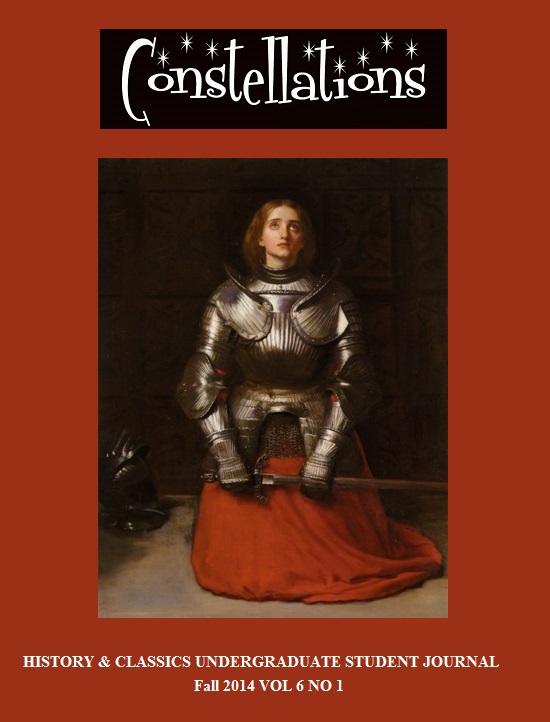The Fuhrer's Face: Inglourious Basterds and Quentin Tarantino’s Confrontation with Nazis, Hitler and Fascist Aesthetics in Hollywood Cinema
DOI:
https://doi.org/10.29173/cons24109Abstract
This paper is an in depth visual and theoretical analysis of Quentin Tarantino’s 2009 film Inglourious Basterds. The central questions with which the essay contends are how Quentin Tarantino represents Nazis within his film, as represented by Colonel Hans Landa and Adolf Hitler and where the film fits within the American tradition of representing Nazis on-screen. Inglourious Basterds creates an argument that the Nazi regime itself was a type of performance; the regime’s politics are explicitly theatrical, and the only weapon capable of taking it down is an equally powerful theatrical machine: Hollywood.
Downloads
Published
2015-02-04
How to Cite
Leibel, C. (2015). The Fuhrer’s Face: Inglourious Basterds and Quentin Tarantino’s Confrontation with Nazis, Hitler and Fascist Aesthetics in Hollywood Cinema. Constellations, 6(1). https://doi.org/10.29173/cons24109
Issue
Section
Articles



